Mars can be as far away from Earth as 400 million km. To make trips to the Red Planet more frequent and affordable for science and exploration, European engineers came up with a mission concept for a tug, or interplanetary transfer service.
The martian tug promises to open a market of low-cost missions to Mars for a broader community. ESA calls it LightShip.
1. What is LightShip?
LightShip is an electric propulsive tug that will deliver one or more passenger spacecraft to Mars and offer communications and navigation services around the planet, as well as several seats for a range of scientific payloads.
Historically, a lightship is a vessel sent to remote, deep or dangerous waters to serve as a beacon for aiding navigation. In 1899, the captain of the East Goodwin lightship sent the first radio distress signal using Guglielmo Marconi’s wireless technology. The name LightShip is a tribute to the intrepid explorers that made use of these navigation beacons.
2. Why do we need LightShip?
Getting to Mars is not easy. LightShip provides a solution to two of the key challenges for Mars missions: firstly, delivery of passenger spacecraft to Mars, making the Red Planet more accessible; secondly, communications to and from Mars, providing a dedicated data relay service.
Additionally, the LightShip provides the first steps towards a global navigation satellite service (GNSS), like what we enjoy from smartphones on Earth, which would enable precise landing and operation at Mars.
Improved navigation and communications will pave the way for future human missions.
3. How can LightShip lower the cost of a trip to Mars?
There are several ways in which LightShip could make trips to Mars more affordable and sustainable.
Its efficient electric propulsion system can deliver more mass to Mars than conventional chemical systems, and it could deliver multiple spacecraft to several orbits or entry trajectories.
With a reusable design, ESA plans to build several LightShips, which will lead to a lower cost per spacecraft.
4. What’s the science behind?
LightShip will host a payload devoted largely to atmospheric science. From a high orbit of nearly 6000 km above the martian surface, the LightShip science payload will monitor and measure atmospheric phenomena such as weather, wind and dust – all useful information for safe landing and operations on the martian surface.
Once several LightShips are operating at Mars, this would allow continuous monitoring weather systems around the whole planet.
The first passenger spacecraft to be carried to Mars by LightShip is dubbed SpotLight and primarily will aim to produce high resolution maps of the surface of the Red Planet from a low Mars orbit of approximately 300 km.
5. How do Mars explorers phone home?
LightShip offers a communication service that will allow future Mars landers and orbiters to deliver a huge amount of scientific data back to Earth, without having to embark heavy and costly direct-to-Earth communications systems of their own.
A robust Mars telecommunications relay network built with LightShip would support positioning, navigation and timing services for Mars orbiters, landers, rovers and aerobots.
The LightShip’s Mars Communication and Navigation Infrastructure, or MARCONI, Service, is named after Guglielmo Marconi, an Italian inventor and electrical engineer known for his pioneering work on long-distance radio transmission, which was used to send the first distress signal on the East Goodwin lightship.
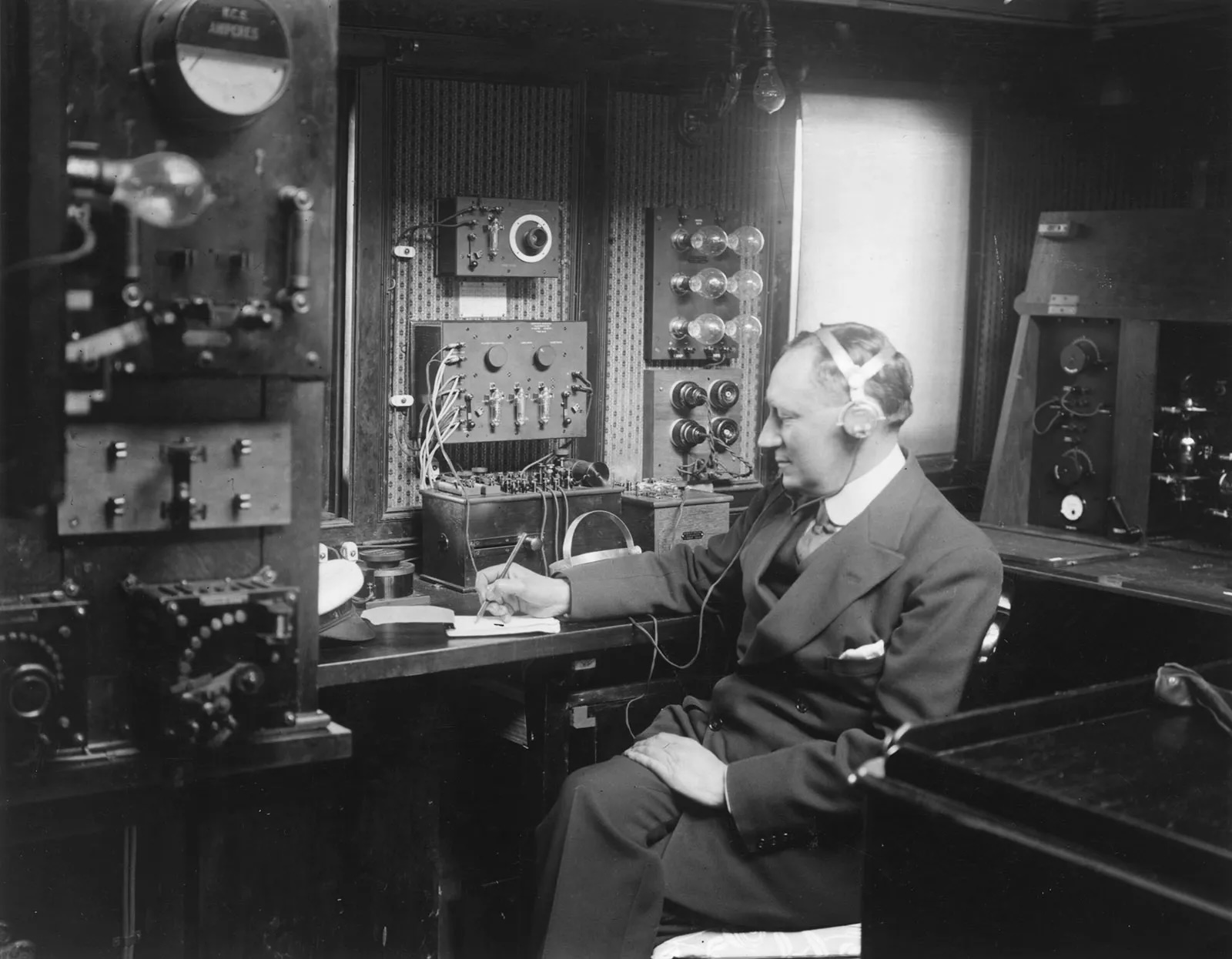
Italian physicist Guglielmo Marconi at work in the wireless room of his yacht Elettra. Credits: Topical Press Agency/Hulton Archive/Getty Images
6. What can LightShip deliver to Mars?
The LightShip propulsive service is flexible and can drop passengers off during the transfer to Mars or deliver them door-to-door, depending on the propulsive capabilities of the passenger spacecraft.
Once LightShip has released its passengers to the desired orbits, it will transfer itself to its final operational orbit from which the MARCONI service can be delivered.
A range of different sizes of passenger spacecraft will be supported by LightShip, from small CubeSats to large platforms, with up to 12 passengers being delivered in any one mission.
7. When will all of this happen?
This mission concept is now entering a competitive Phase A/B1 study phase. Further development of the mission will depend on decisions made at the next ESA Council at Ministerial Level in November 2025.
If approved, the first LightShip mission is foreseen in 2032, with subsequent launch windows open in 2035 or 2037. Future LightShip missions will carry different passenger spacecraft to be decided by the science and exploration communities.

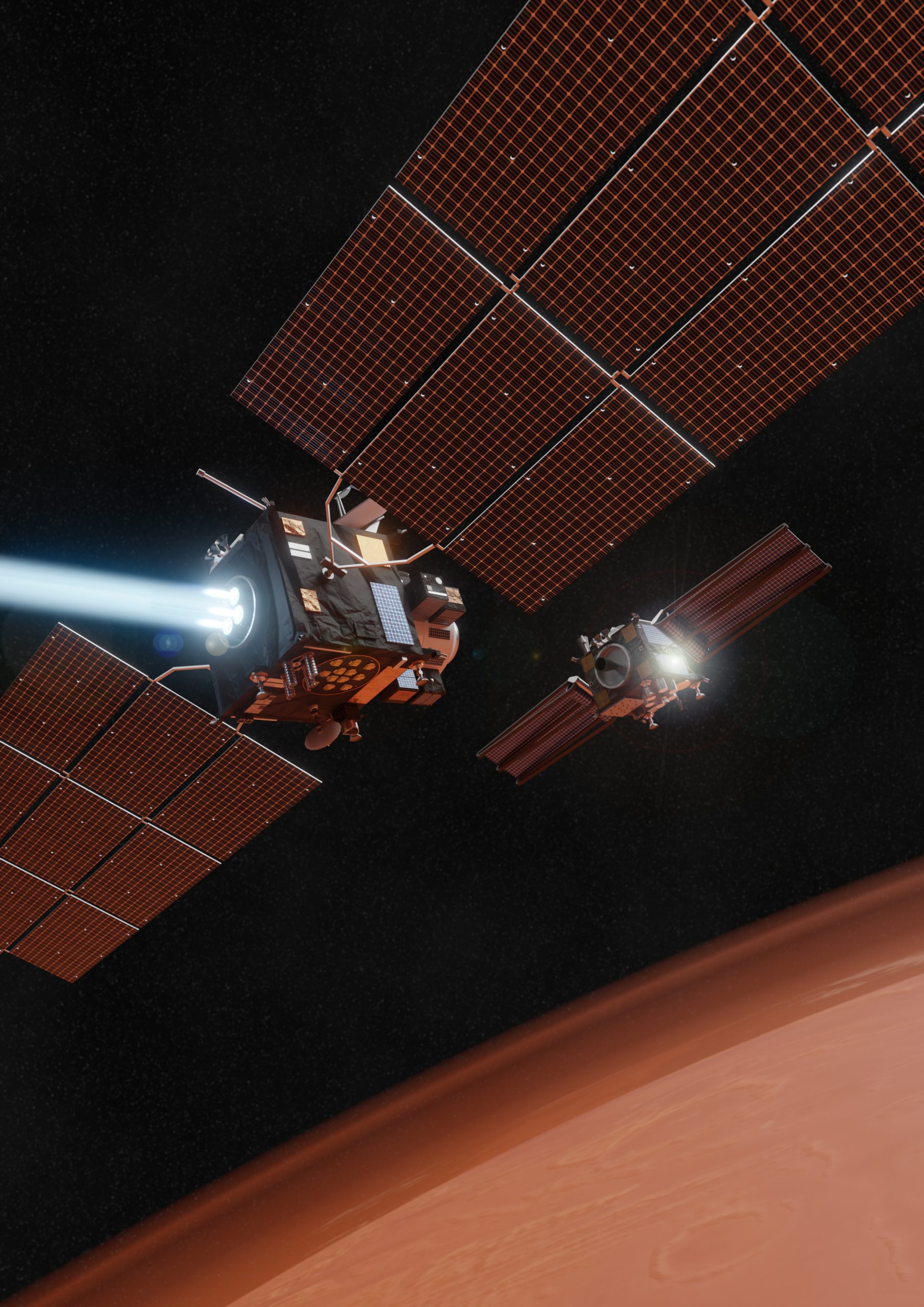
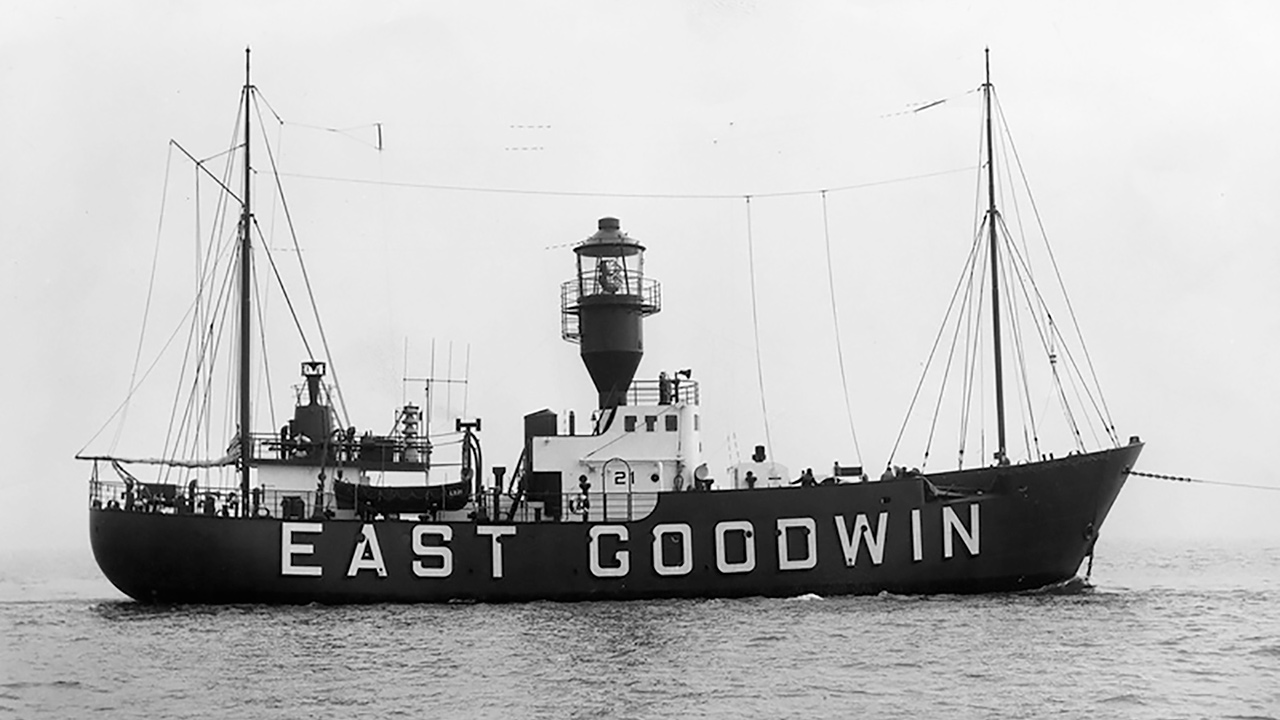
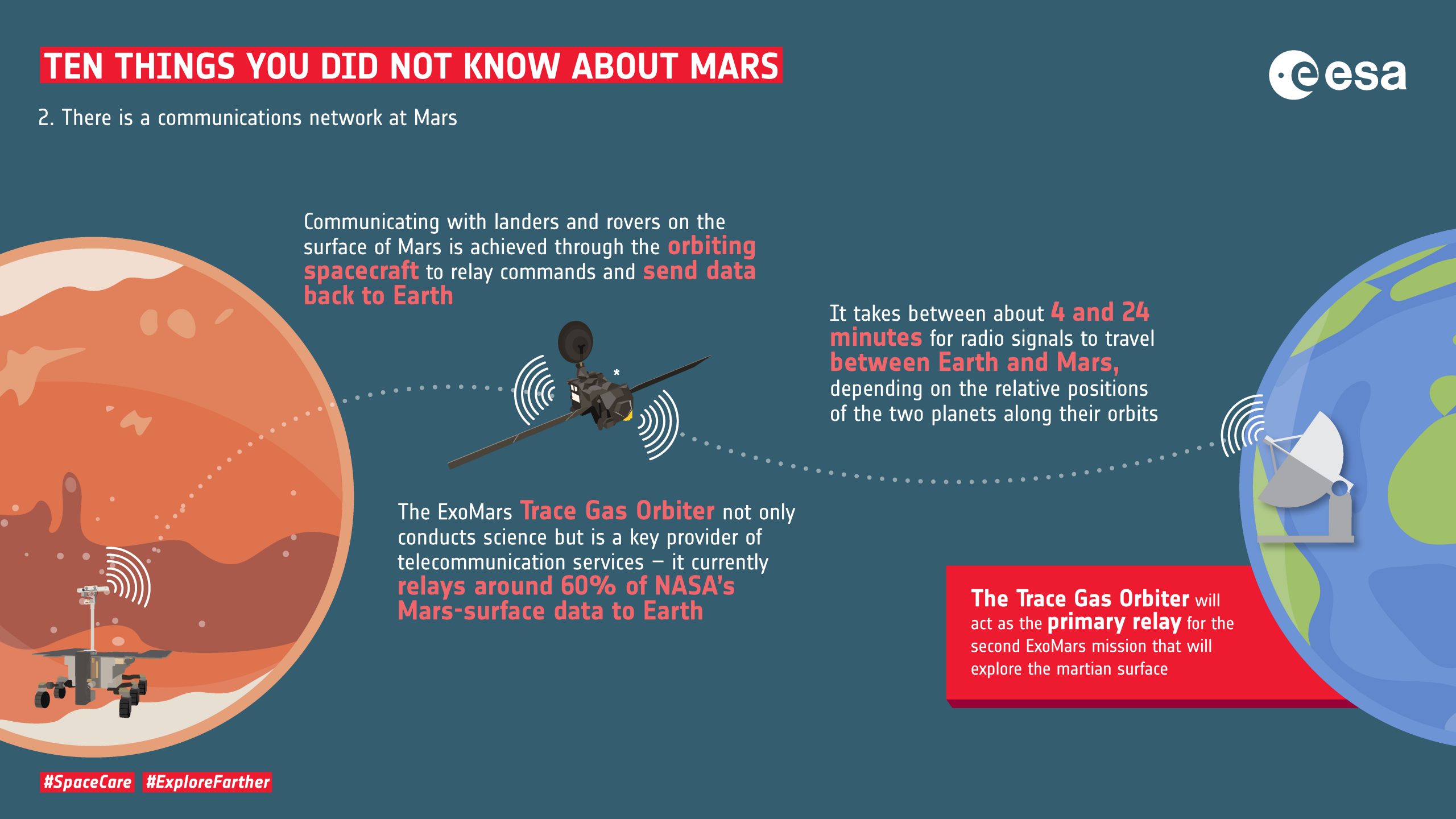
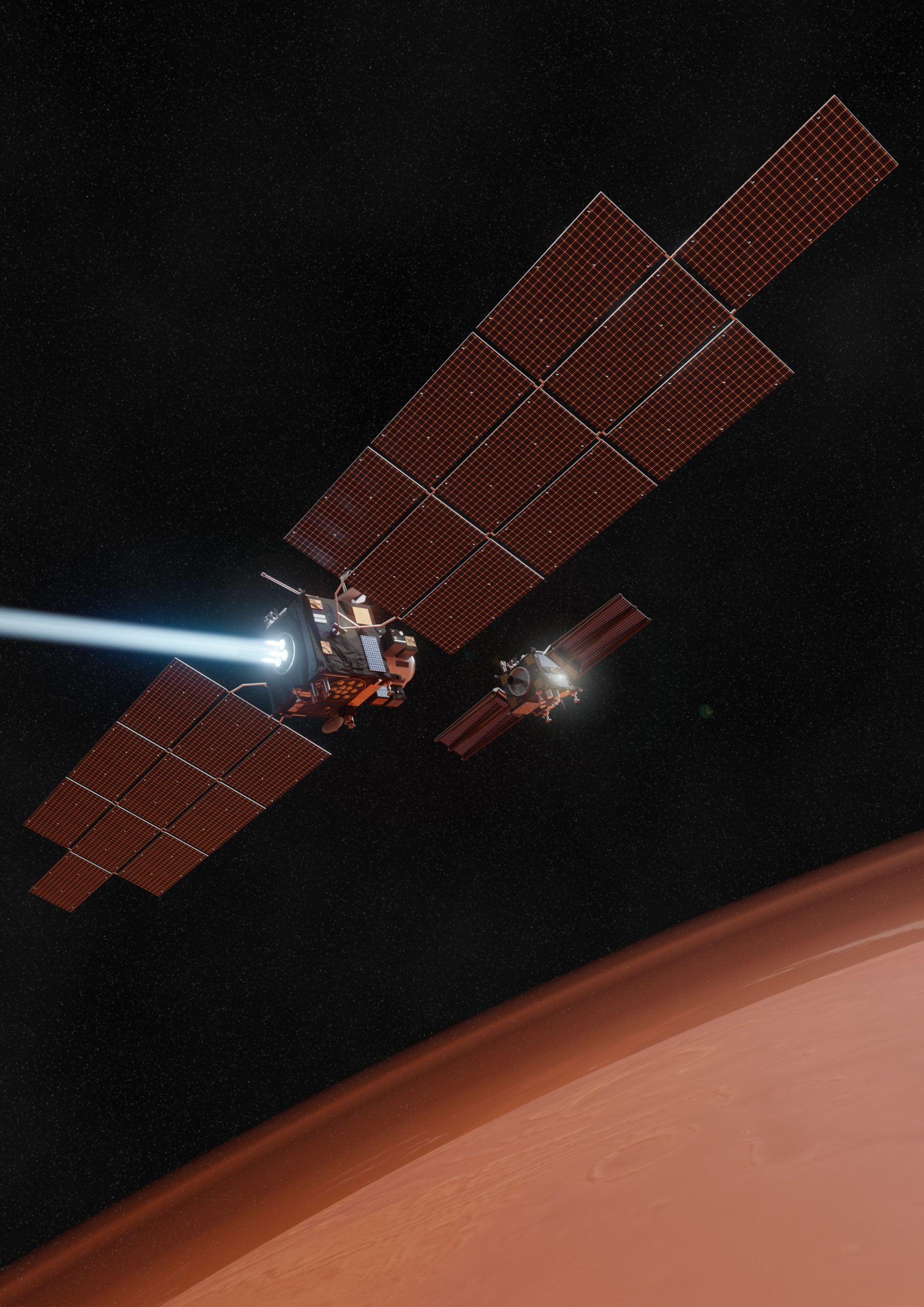
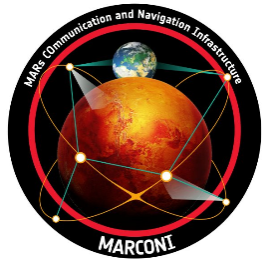
Discussion: 11 comments
Allons y ensemble.
Hi,
Thank you for this interesting blog post!
The LightShip spacecraft has an obvious look of ESA’s Earth Return orbiter. Is this on purpose? Are there common elements already foreseen?
Is the shape likely to change once an industrial team is selected?
How much heavy is the tug expected to be?
Thank you!
Excellent post, splendid idea. The sooner, the better.
Allons y ensemble.
Bahut accha blog post kiye ho aap। Main pehli bar apki yeh blog padhke mujhe accha laga। Aap aise hi rochak jankari ham Tak dete rahe। Tab Tak ke liye agli blog ke subkamya।☺️
What type of payloads are envisaged to be carried to Mars?
What mass could be delivered to orbit and/or the surface?
Who would we contact for mission proposals?
Hi Malcom, thanks for your interest. You might find some answers to your questions in the following link to ESA’s Lightship announcement of opportunity: https://scispace.esa.int/forthcoming-announcement-of-opportunity-for-lightship-1/
The submission deadline is closed, but you can always sign up to the newsletter and use the contact email in the post to find out more. Stay tuned!
How is this tug reusable? The way described suggests it takes passengers along to the destination, Mars. The Lightship stays in orbit around Mars after ‘delivery’ as part of a relay/communications hub. How is it reusable? Will ferry back and forth between Mars and Earth?
Hi Mike, fair question! The wording was a bit misleading. What is reusable is the spacecraft design, so you can produce identical tugs for a variety of missions. It’s not that the spacecraft returns to Earth and starts another mission. It’s more like a “repeatable” concept. We will update this article accordingly, thanks for flagging it 🙂
Hi I’m a space engineering student very passionate on this matter. I don’t understand the reason behind the choice of electric propulsion. How is it possible to give the required DV with this kind of technology? Does this imply less flexibility in the release orbit selection?
Hello, Francesco. Our Electric Propulsion Engineering, Eduard Bosch Borràs, shared the following answers to your questions with us:
I don’t understand the reason behind the choice of electric propulsion. Electric Propulsion can accelerate the exhaust gases to much higher speeds than chemical propulsion engines, thus significantly increasing the propellant efficiency of the propulsion system. In consequence, the amount of propellant required to perform the entire manoeuvre is a small fraction of the entire spacecraft, thus allowing for more payloads to be embarked in the mission. As a penalty, the transfer to Mars will be slower as the thrust provided by Electric Propulsion is much smaller.
How is it possible to give the required DV with this kind of technology? The technology has demonstrated in other missions such as Bepi Colombo and SMART-1 that can provide the required deltaV for the mission, albeit it will take several months, or years, of continuous thrusting to achieve it. The specific thrusters will be subjected to a lifetime or endurance test on ground to verify their capability to perform such a mission before launch.
Does this imply less flexibility in the release orbit selection? Not necessarily. It does imply more planning due to the slow manoeuvres that can be performed with this propulsion system.
Thank you very much, I appreciate the time you spent answering my question. I just have one last doubt about electric propulsion: how would you design the Mars orbit insertion? Is aerocapture a viable option to consider?
Thank you in advance